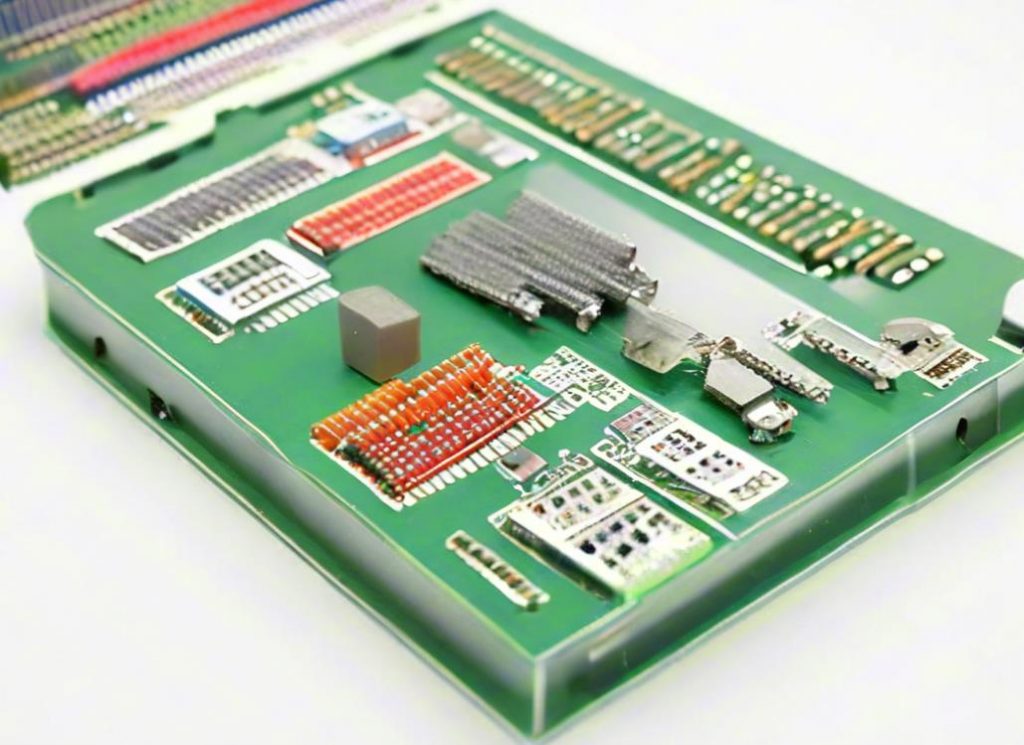An LED wall display comprises millions of LED modules, each representing a single pixel on the screen.
Conventionally, three-color LED chips (Red, Green, and Blue) are packaged into a Surface Mounted Device (SMD) LED component. Hundreds of these SMD LED components are soldered onto a PCB in an array formation to create an LED wall module.

As pixel pitch reduces below P1.8, the number of LED components increases significantly. This results in a dynamic decrease in the soldering contact point area, causing numerous issues. For instance, the soldering points become too fragile, susceptible to breakage from even a slight touch, and pose a challenge for heat dissipation due to their small size.
COB (Chip-on-Board) technology emerges as a next-generation solution to address these challenges. COB LED Wall Displays utilize advanced high-precision manufacturing techniques to directly bond LED chips onto the PCB and then apply an epoxy layer for protection. This process eliminates several steps compared to SMD technology, minimizing potential yield loss at each stage.
COB’s continuous epoxy layer offers superior protection against dust, water, and impact forces. In contrast, traditional SMD packages have only four soldering points between each individual component and the PCB.
Flip-chip COB represents a further advancement in COB technology. It eliminates the need for wire bonding, resulting in a higher effective luminous area for the same chip size, 20% energy savings, and reduced temperature rise. Additionally, the absence of bonding wires over the light path ensures unobstructed light transmission.
Flip-chip COB boasts a 40% larger luminous chip size, enabling a peak brightness of up to 2000cd/m² and a fourfold increase in contrast due to higher black occupancy. Currently, only three manufacturers globally possess the technology and production capacity for mass-producing flip-chip COB: Cedar, Samsung, and SONY.
